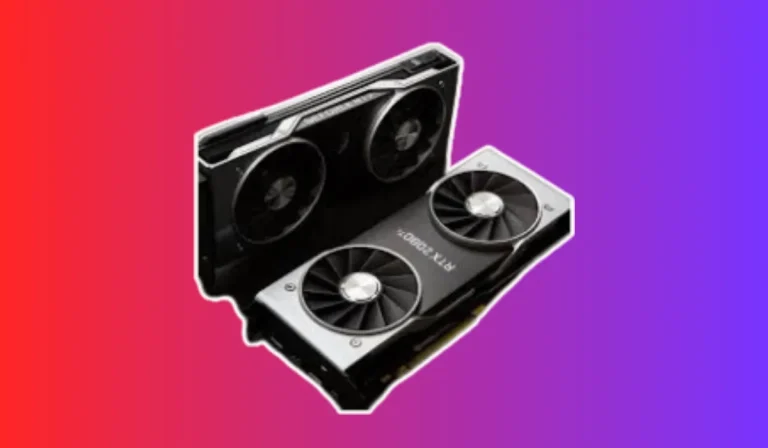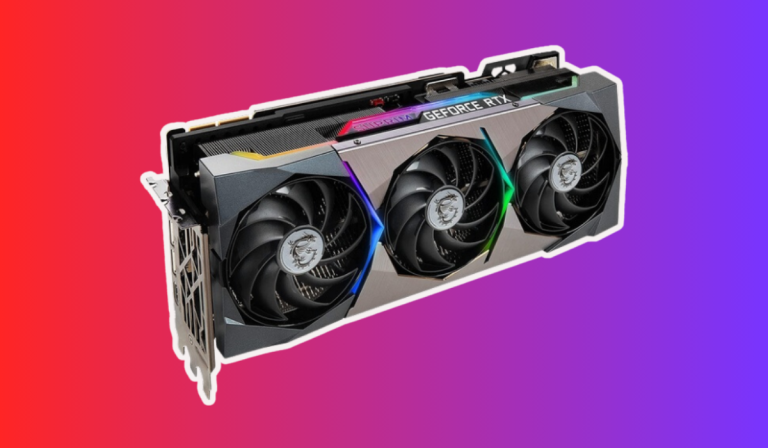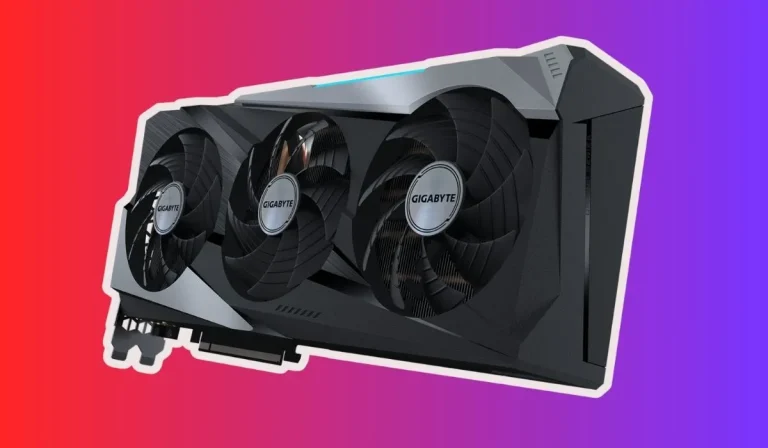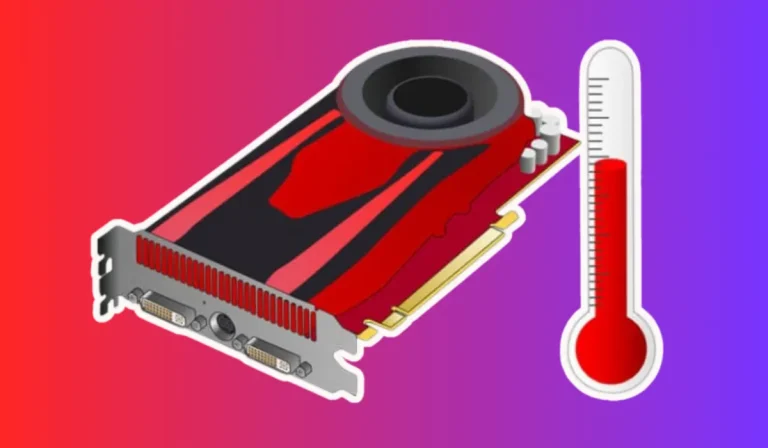How Do I Tell If My GPU is Overheating?
Is your GPU overheating and causing you trouble? Don’t panic, we’ve got you covered! Your graphics processing unit (GPU) plays a vital role in your computer’s performance, but when it gets too hot, it can lead to crashes, glitches, and even permanent damage.
In this blog post, we’ll guide you through the signs of GPU overheating, how to check its temperature, and simple prevention tips to keep your GPU cool and running smoothly. Let’s dive in!
Signs of GPU Overheating
Is your GPU feeling the heat? It’s crucial to be able to identify the signs of GPU overheating to prevent any potential damage. Here are some telltale indicators that your GPU might be running too hot:
1. Abnormal fan noise or speed
If you notice your GPU fans spinning faster than usual or making loud and unusual noises, it could be a sign that your GPU is struggling to cool down. This increased fan activity is an attempt to dissipate the excess heat.
2. Frequent crashes or system freezes
Experiencing frequent crashes, sudden system freezes, or random reboots while running graphics-intensive applications or games can be a clear indication of GPU overheating. When the GPU temperature rises beyond its safe operating range, it can cause instability and lead to system failures.
3. Visual artifacts on the screen
If you start seeing strange graphical glitches, artifacts, or distorted images on your screen, it may suggest that your GPU is overheating. These visual anomalies occur when the GPU is unable to process the graphics properly due to excessive heat.
4. Sudden drop in gaming or application performance
If you notice a significant decrease in the performance of your games or applications, it could be due to GPU overheating. When the GPU temperature rises, it automatically throttles down its clock speed to prevent further heat buildup, resulting in decreased performance.
5. Elevated GPU temperature readings
Monitoring your GPU temperature is essential to identify overheating. If you consistently observe high GPU temperature readings (above 85°C or 185°F), it’s a clear indication that your GPU is running hotter than it should.
Preventing GPU Overheating
Don’t let your GPU overheat and put a damper on your gaming or work sessions! Taking preventive measures can ensure that your GPU stays cool and performs optimally. Here, we will explore some effective ways to prevent GPU overheating:
1. Cleaning the GPU and fans regularly
Dust buildup on the GPU and its fans can hinder proper airflow, leading to increased temperatures. Regularly clean the GPU and fans using compressed air or a soft brush to remove accumulated dust and debris.
2. Optimizing airflow in the PC case
Ensure that your PC case has proper airflow to dissipate heat effectively. Positioning fans strategically, utilizing cable management, and keeping the case well-ventilated can contribute to better cooling performance.
3. Avoiding overclocking beyond safe limits
While overclocking can boost GPU performance, it also generates more heat. Avoid pushing your GPU beyond its recommended limits, as excessive overclocking can cause it to overheat. Stick to safe and stable overclocking settings.
4. Ensuring proper power supply and cable connections
Inadequate power supply or loose cable connections can lead to unstable GPU operation and increased temperatures. Make sure your GPU is properly connected to the power supply and that the power supply meets the recommended specifications.
Troubleshooting GPU Overheating
Having trouble with an overheating GPU? Don’t worry, we’re here to help you troubleshoot the issue and get your graphics card back on track. Here we will dive in and explore some steps you can take to address GPU overheating:
1. Clean the GPU and fans
Start by cleaning your GPU and fans to remove any dust or debris that may be obstructing airflow. Use a soft brush or compressed air to carefully clean the components.
2. Check for proper fan operation
Ensure that your GPU fans are functioning correctly. If they’re not spinning or spinning too slowly, it may be necessary to replace them or adjust the fan speed settings.
3. Improve case ventilation
Assess the airflow within your PC case. Make sure that cables are not blocking airflow and consider adding additional case fans or improving ventilation to enhance overall cooling.
4. Reset overclocking settings
If you’ve overclocked your GPU, consider resetting it to default settings. Overclocking can increase heat generation, so reverting to the default clock speeds can help reduce temperatures.
5. Apply thermal paste
If you’re comfortable with hardware maintenance, you can apply a fresh layer of thermal paste between the GPU and its cooling solution. This helps improve heat transfer and can lower GPU temperatures.
FAQ’s
1. How do I tell if my GPU is overheating?
There are a few signs that indicate your GPU may be overheating. Look out for sudden performance drops, graphical glitches or artifacts, system crashes, or a loud increase in fan speed.
2. Can I monitor GPU temperature?
Yes, you can monitor GPU temperature using various software tools such as MSI Afterburner, GPU-Z, or HWMonitor. These programs provide real-time temperature readings and other vital statistics.
3. What is a safe GPU temperature range?
The safe temperature range for GPUs varies depending on the model. As a general guideline, most GPUs should ideally stay below 85-90 degrees Celsius (185-194 degrees Fahrenheit) under load. Refer to your GPU manufacturer’s specifications for specific temperature recommendations.
4. How can I lower my GPU temperature?
To lower GPU temperature, ensure proper airflow within your PC case by cleaning dust, optimizing cable management, and adding additional case fans if necessary. You can also consider undervolting your GPU, adjusting fan profiles, or using aftermarket cooling solutions.
5. What should I do if my GPU consistently overheats?
If your GPU consistently overheats despite taking preventive measures, it may require professional attention. Contact your GPU manufacturer’s support or consult a computer technician for further assistance and potential troubleshooting.
Conclusion
Keeping an eye out for signs like performance drops, graphical glitches, or system crashes can help you determine if your GPU is overheating. Monitoring the temperature using software tools and maintaining a safe temperature range ensures your GPU stays cool and performs at its best.




